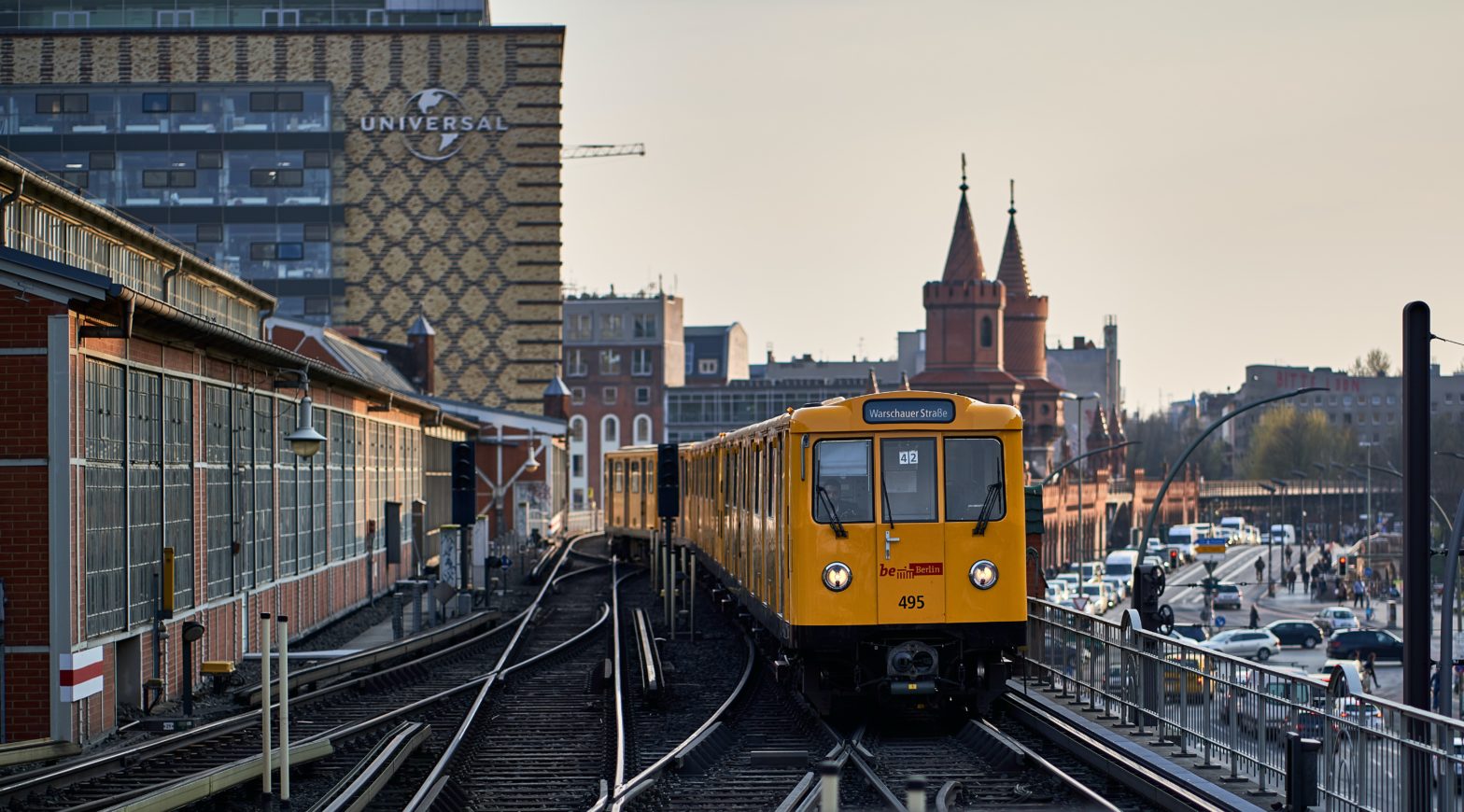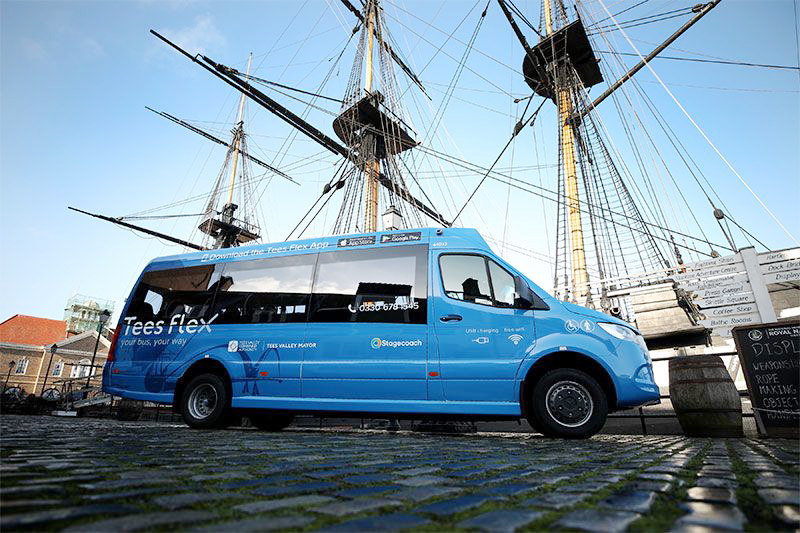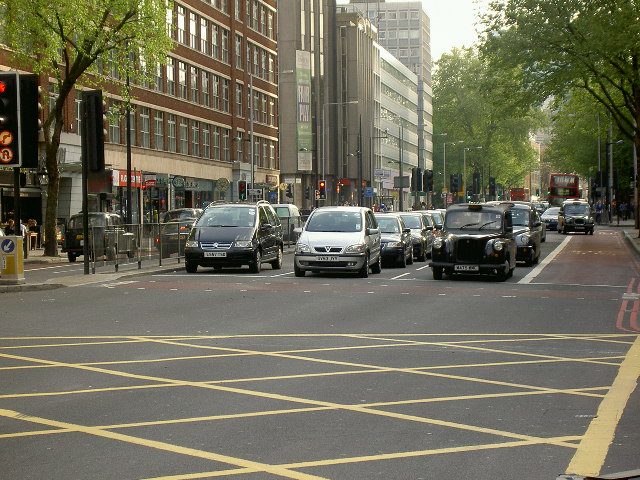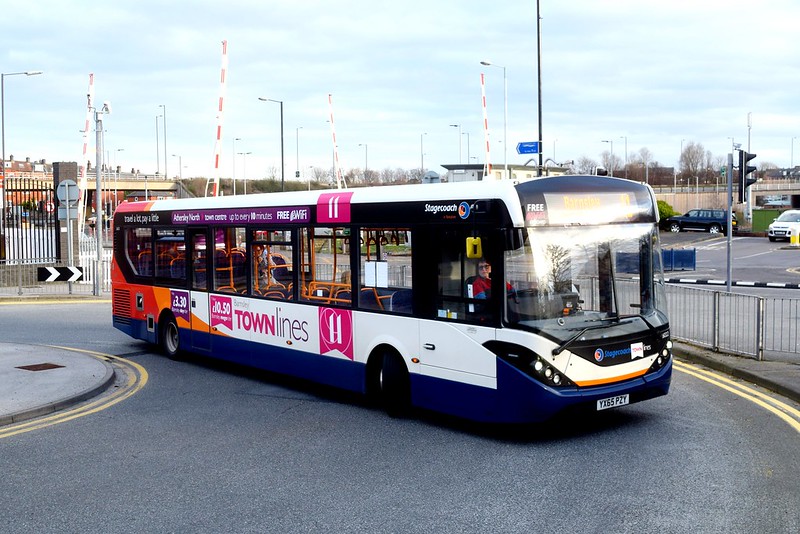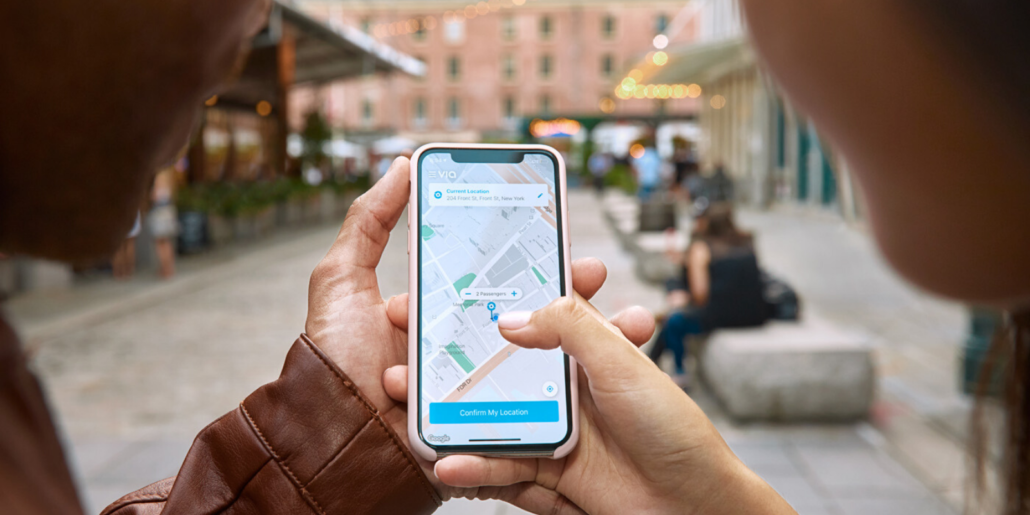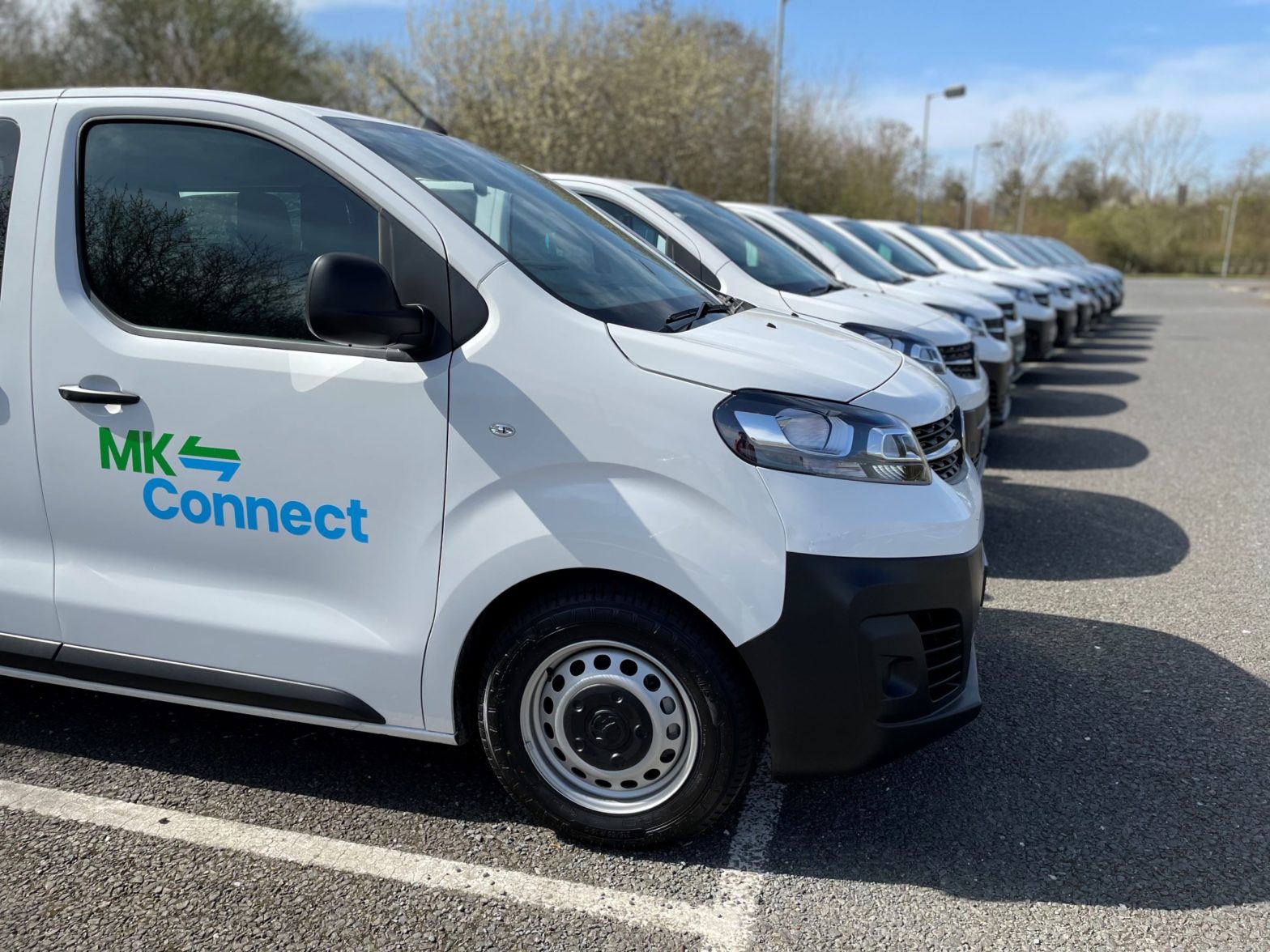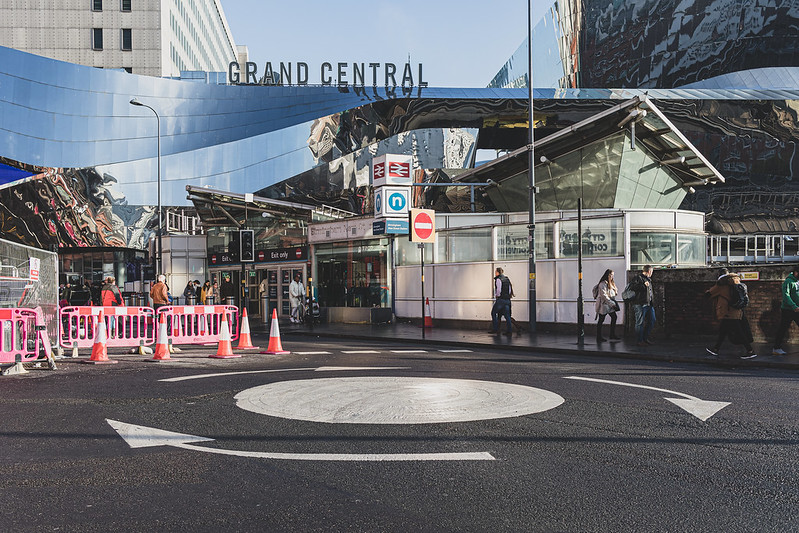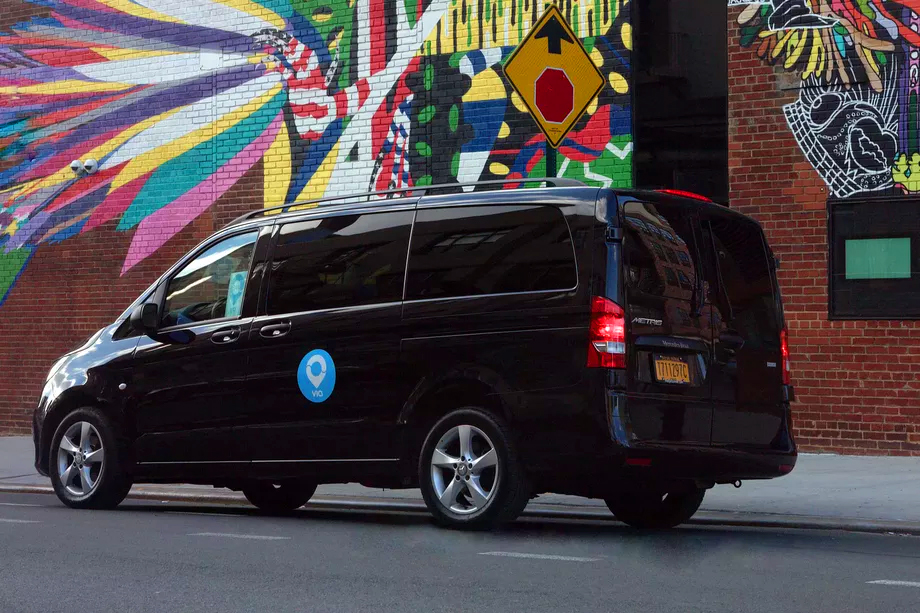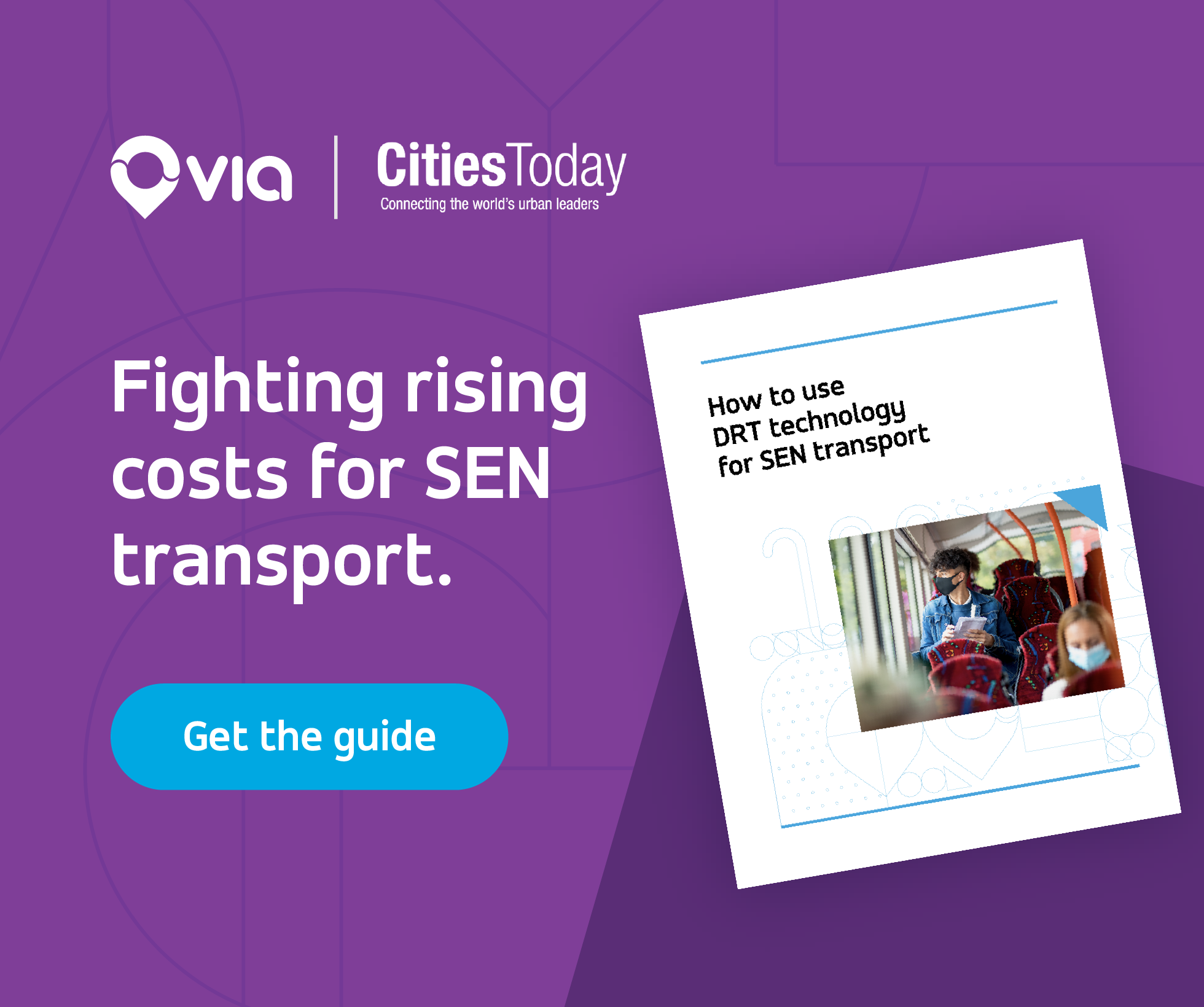
Photo: Via-graph
How public transit agencies are solving slowing ridership
22 February 2019
By Andrei Greenawalt, Vice President for Public Policy, Via
We face enormous challenges in transport. Public transit systems are largely failing to deliver on promises of economic and social mobility. Our infrastructure is overloaded, while traffic and congestion continue to balloon. In the US, transportation has become the number one cause of greenhouse gas emissions. We need to do better, and it starts with improving public transport.
While there have been incremental service improvements in public transit from innovations like mobile ticketing and real-time tracking, virtually all bus systems still provide the same static routes and schedules that have failed to attract riders for decades.
This leaves too many people with an agonising choice: either sink enormous sums of money into owning a car, or spend valuable time navigating bus travel that is inconvenient, slow and often inequitable, if a bus option even exists.
Via was founded with the idea that on-demand, dynamically routed shuttles could be much more convenient than the bus and result in fewer people driving their own vehicles alone. More than 50 million microtransit rides later, and with public transit deployments across the world, we’ve never been more certain of this technology’s ability to transform mobility in communities.
A recent study by research firm KPMG notes that bus ridership has declined by 15 percent over the last decade, finding that many cities would benefit from looking to microtransit. KPMG concludes that, “Shared microtransit can offer a viable alternative to a single-occupancy vehicle in terms of convenience for the consumer. In partnership with public transit agencies and cities, it also offers a cost-effective solution for the provider.”
The KPMG study reflected what cities, transit agencies, and operators on the ground have already come to realise, especially in the last year–that microtransit can help eliminate transit deserts, create first/last mile connections to transportation hubs and provide convenient paratransit, all while getting people out of privately driven vehicles.
A year ago, there were a handful of small microtransit pilots in the US and overseas. Today, the picture is a very different one. Including our recent announcements in London and in Goiânia, Brazil, Via’s technology is powering transport in dozens of cities and towns across the globe.
These deployments cover a wide range of uses cases and partnership models. In Berlin, we’re operating the world’s largest public transit deployment of on-demand shuttles as part of our joint venture Mercedes-Benz. This 100-vehicle ‘BerlKönig’ shared ride service is predominantly made up of electric vehicles and will grow to 300 vehicles over time.
In Los Angeles, we just launched a service with LA Metro to create first/last mile connections between low-income areas and transit hubs.
In Arlington, TX, we now operate the only public transit in the entire city and after completing more than 100,000 rides in the first year, have just launched a second year of service at 2.5 times the public funding. In Michigan, we were just selected by the governor to operate paratransit in Grand Rapids.
I think 80-year old Gail Hoffman may have said it best when she referred to our West Sacramento service as “the best thing since bacon”. The most exciting part is that this is only the start. We look forward to improving mobility in 200 locations by the end of 2019.




